

Urban Living: How Cities Are Redefining the Way We Live
Summary
Urban living today is less about simply “living in the city” and more about how that city is designed to support wellbeing, access and human connection.
The new generation of developments blends walkability, transit, and green spaces into one ecosystem, ensuring that people don’t just reside in urban environments, but truly thrive within them.
Accessibility & Urban Connectivity
Modern urban living is defined by how easily people move between home, work, education and leisure, without losing hours in traffic. In well-planned districts, you see:
- Metro or tram stations within a short walk
- Direct access to main arterial roads for citywide movement
- Safe, shaded pedestrian routes and cycle paths
- Daily necessities clustered within a 10–15-minute radius
This is the essence of central urban living: not just being geographically central, but functionally central to your own life.
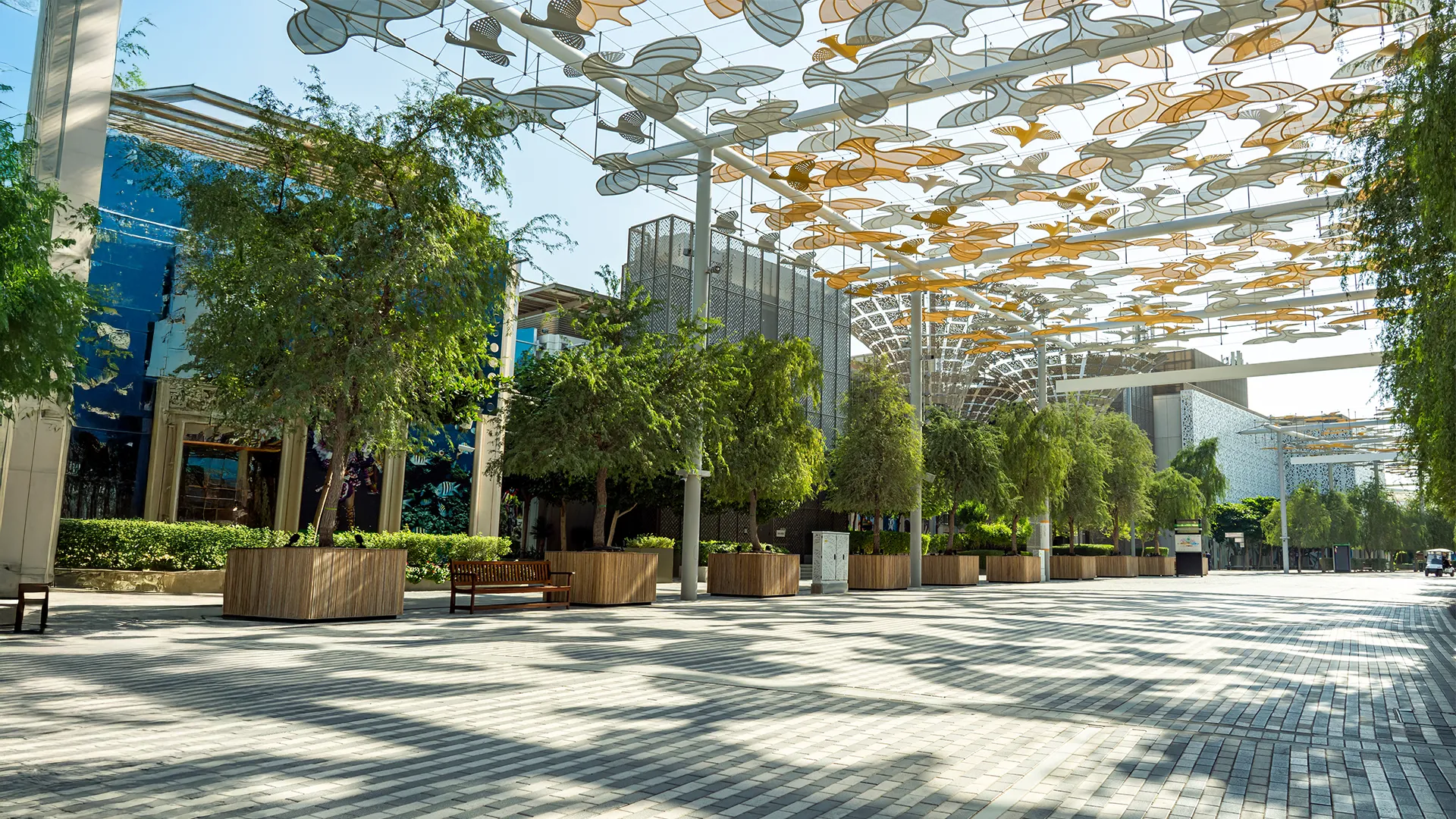
Dubai’s 2040 Urban Master Plan
Dubai’s 2040 Urban Master Plan is a clear example of this direction.
Launched in 2021, it aims to make Dubai “the best city in the world to live in” by 2040, with a focus on upgrading existing urban centres, increasing green and recreational areas and intensifying development around transit hubs instead of expanding endlessly outward.
The plan targets having more than 55% of residents living within 800 metres of a public transport station and significantly increasing public beaches and parks to support higher-quality urban living.
In practical terms, sustainable urban living is now about:
- Compact, central urban living anchored by transit
- Mixed land uses that keep daily needs close
- Buildings designed for daylight, energy efficiency and reduced resource use
- Neighbourhoods where streets, not only towers, define the experience
The more these layers are integrated, the more a city feels intuitive to live in.
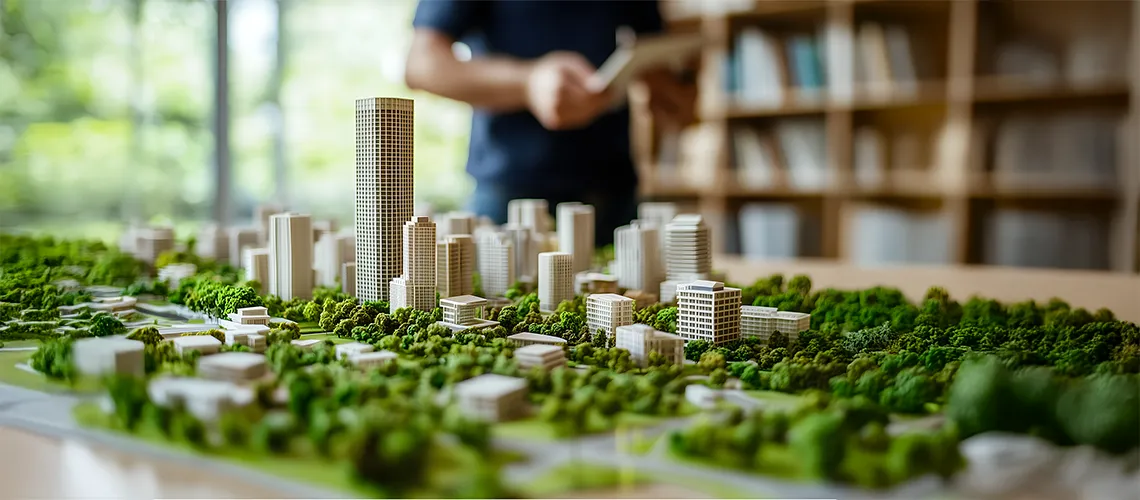
Urban Lifestyle: Everyday Life as an Experience
The essence of city life is no longer defined by its skyline but by the experiences it offers. Urban lifestyle today represents the fusion of convenience, culture and community.
Instead of purely residential enclaves, contemporary districts blend:
- Homes above or near cafés, supermarkets and day-to-day services
- Outdoor dining and plazas that stay active from morning to late evening
- Fitness, wellness and co-working spaces integrated into the neighbourhood
- Cultural and community elements, from art installations to weekend markets
In this setting, design isn’t just aesthetic; it’s social. Mixed-use communities bring together homes, shops and recreational zones, creating neighborhoods that stay active throughout the day.

Urban Nature: Green Everywhere
In the midst of rapid urbanization, one concept has become crucial: balance.
Urban nature, the thoughtful integration of greenery into dense city environments, is now central to human well-being.
Green corridors, parks and tree-lined streets don’t just beautify cities; they cool them, clean the air and create restorative spaces for mental and physical health.
Did you know? According to The Guardian, increasing access to urban green spaces can reduce heat-related mortality by up to 40% while lowering pollution and stress levels.
Walkability, open parks and shaded courtyards transform the city into a livable landscape, proving that progress and nature don’t have to be opposing forces. In fact, the healthiest cities are those where the sound of birds and the hum of traffic coexist harmoniously.
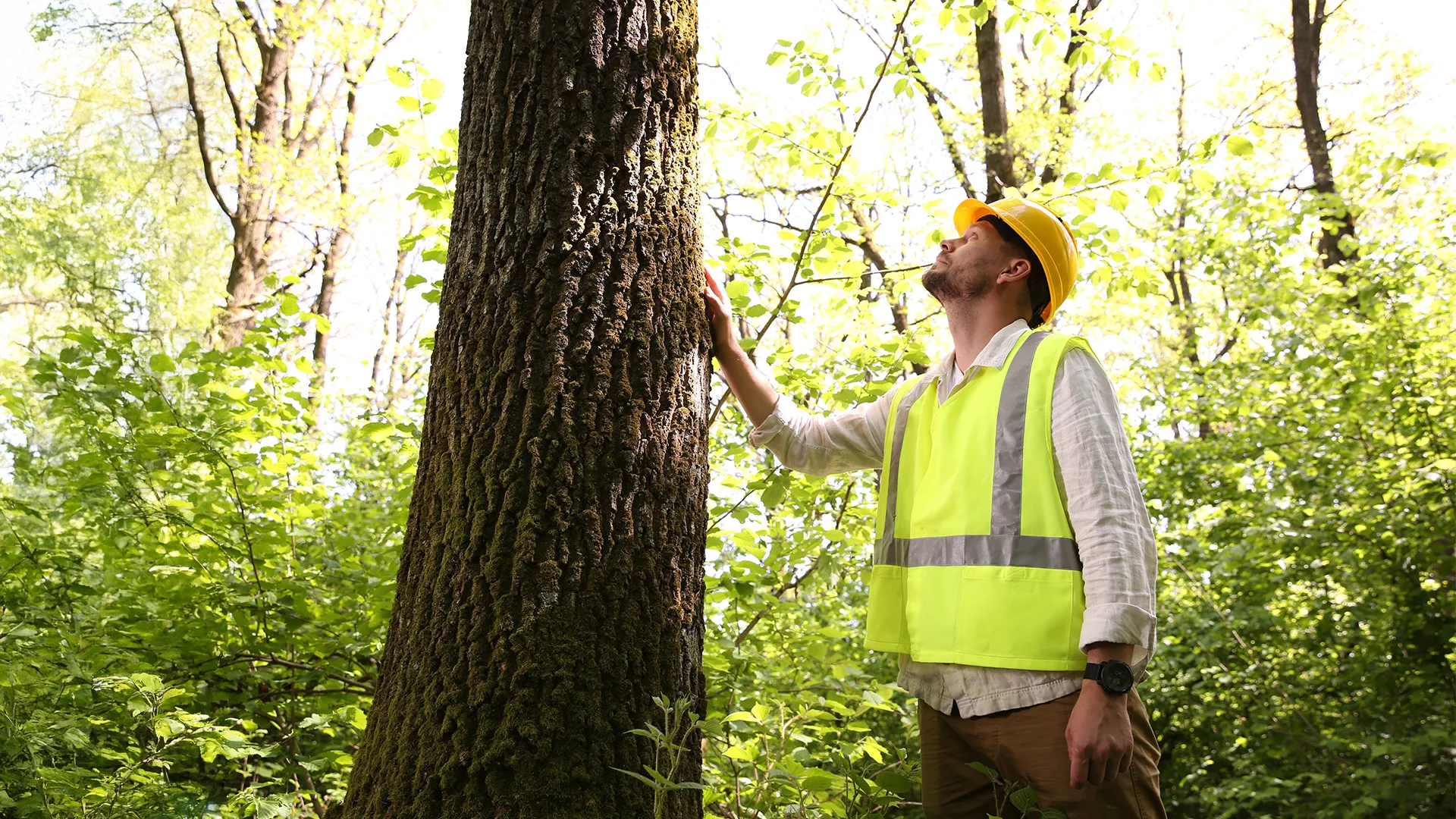
Community & Social Life: The Human Side of the City
At its best, urban living is deeply social.
Community-oriented design supports this through shared lounges and terraces that invite informal encounters, play areas that bring families together and community programming that keeps the calendar full. These shared experiences transform developments from static spaces into vibrant, evolving communities.
Studies in urban sociology and environmental psychology show that when people feel connected to their neighbourhoods, they’re more likely to care for them, stay longer and participate in initiatives that strengthen quality of life.
Research by the World Economic Forum echoes this, cities that prioritise community engagement and walkable public spaces report higher levels of resident satisfaction, trust and safety.
In other words, strong communities are a form of infrastructure. They make cities more resilient, more liveable and more grounded.
And if you’re buying from Wasl Group, you’re already set when it comes to community life. As a developer, Wasl’s focus has always gone beyond buildings, curating environments where residents connect naturally through year-round events, family-friendly activities and thoughtful amenities designed to make every weekend, holiday and celebration feel like home.
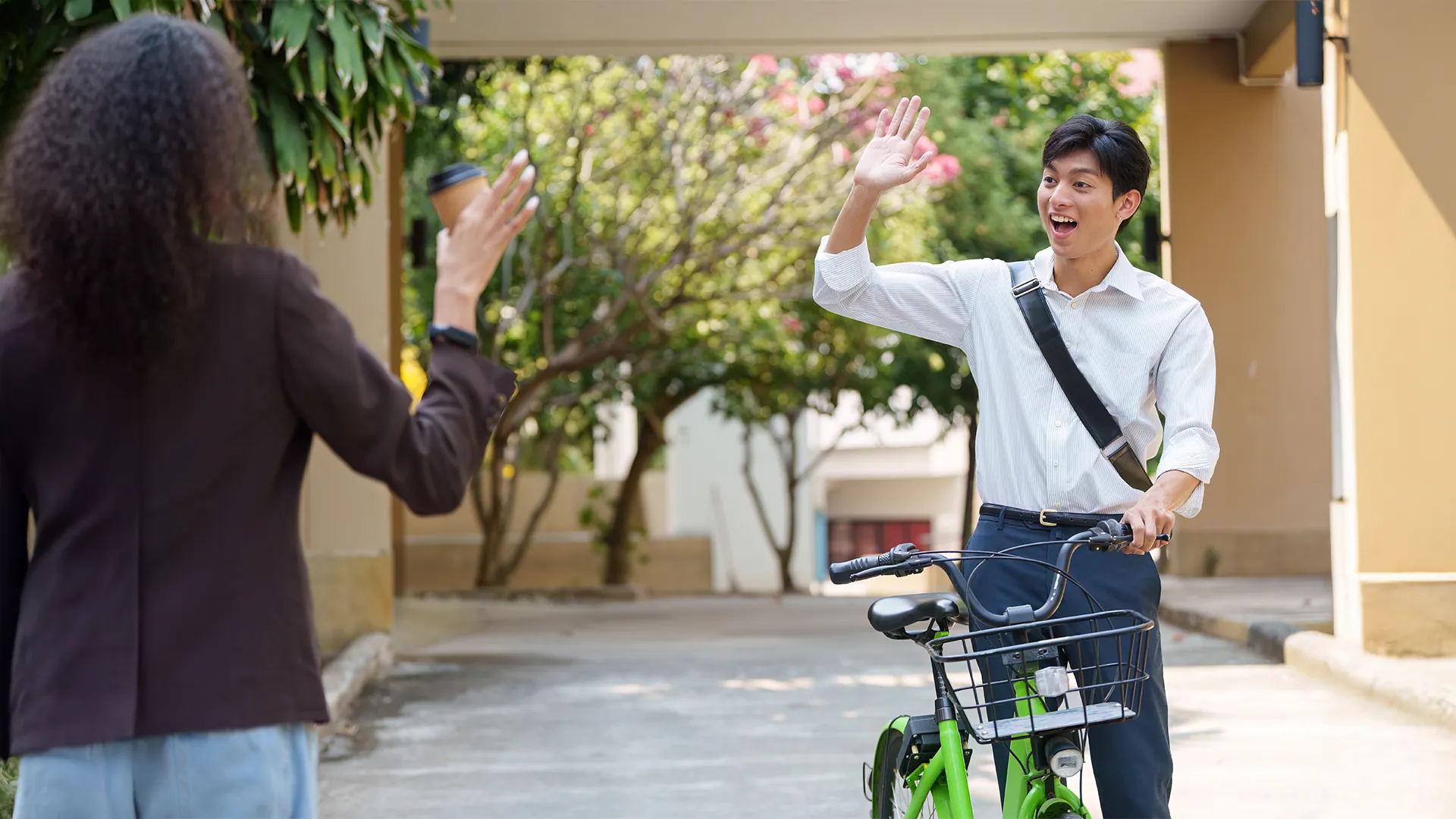
Rethinking City Life?
Cities are more than concrete and glass; they’re reflections of how we want to live together. Around the world, this reflection is rapidly expanding, today, 55% of the global population lives in urban areas, a figure the United Nations Department of Economic and Social Affairs (UN DESA) projects will rise to 68% by 2050. That means an additional 2.5 billion people will move into cities over the next two decades, with nearly 90% of that growth concentrated in Asia and Africa .
This global transition underscores a profound truth: the future of humanity is urban.
But as cities expand, their success will depend on how well they manage growth and balance density with liveability.
The Dubai 2040 Urban Master Plan mirrors this global direction. This forward-looking approach positions Dubai as a model for how urbanization can enhance quality of life instead of diminishing it. The shift toward human-centered design represents a quiet revolution, one where people’s daily experiences drive how cities evolve.
And as Dubai continues to lead this global conversation through its urban master plan and developments built around balance and accessibility, the demand for communities that embody this spirit of progress, has never been greater.
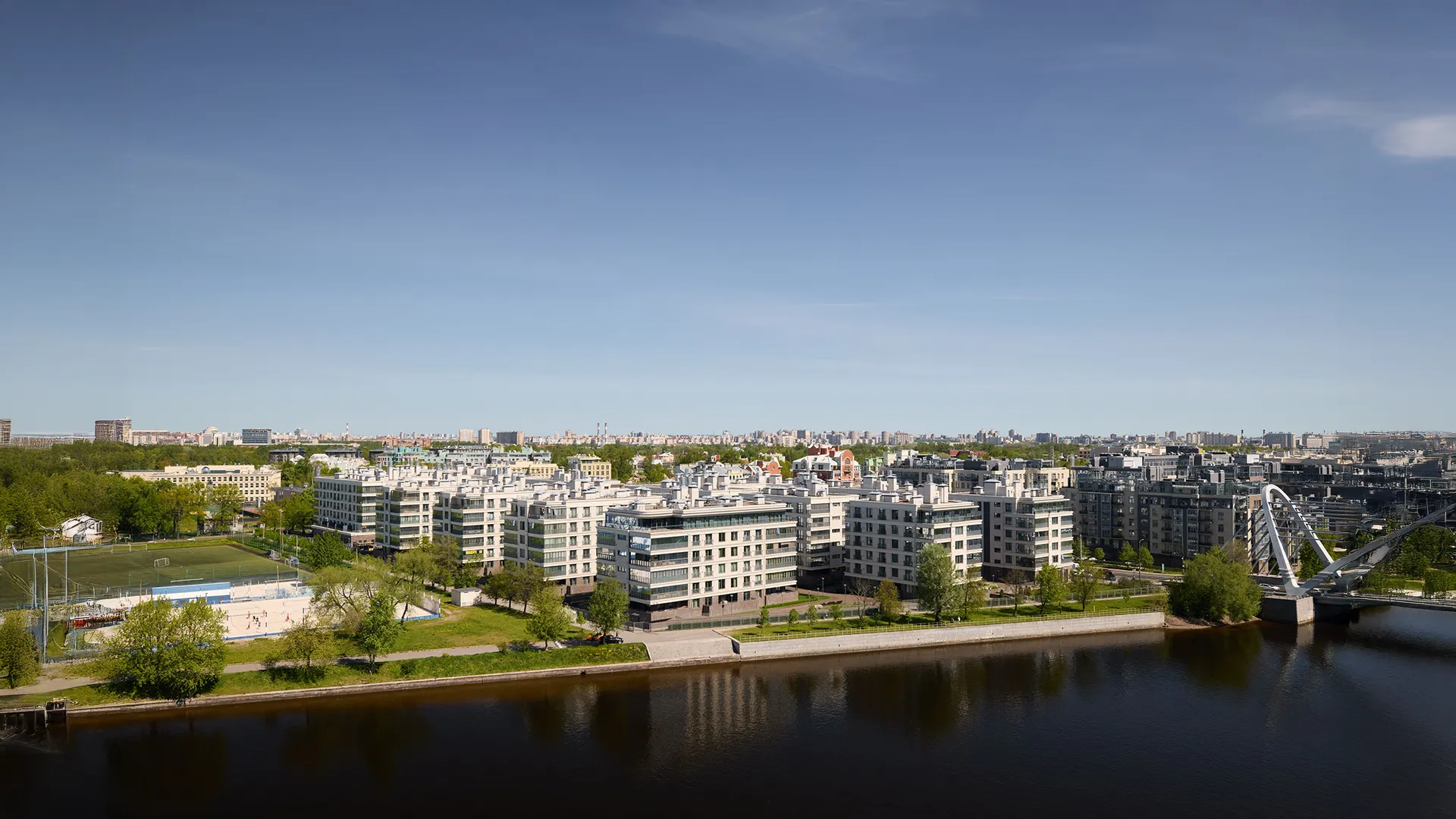
Fact Box:
- By 2050, nearly ~70% of the world’s population is expected to live in cities, making sustainable urban planning critical for global environmental goals (United Nations).
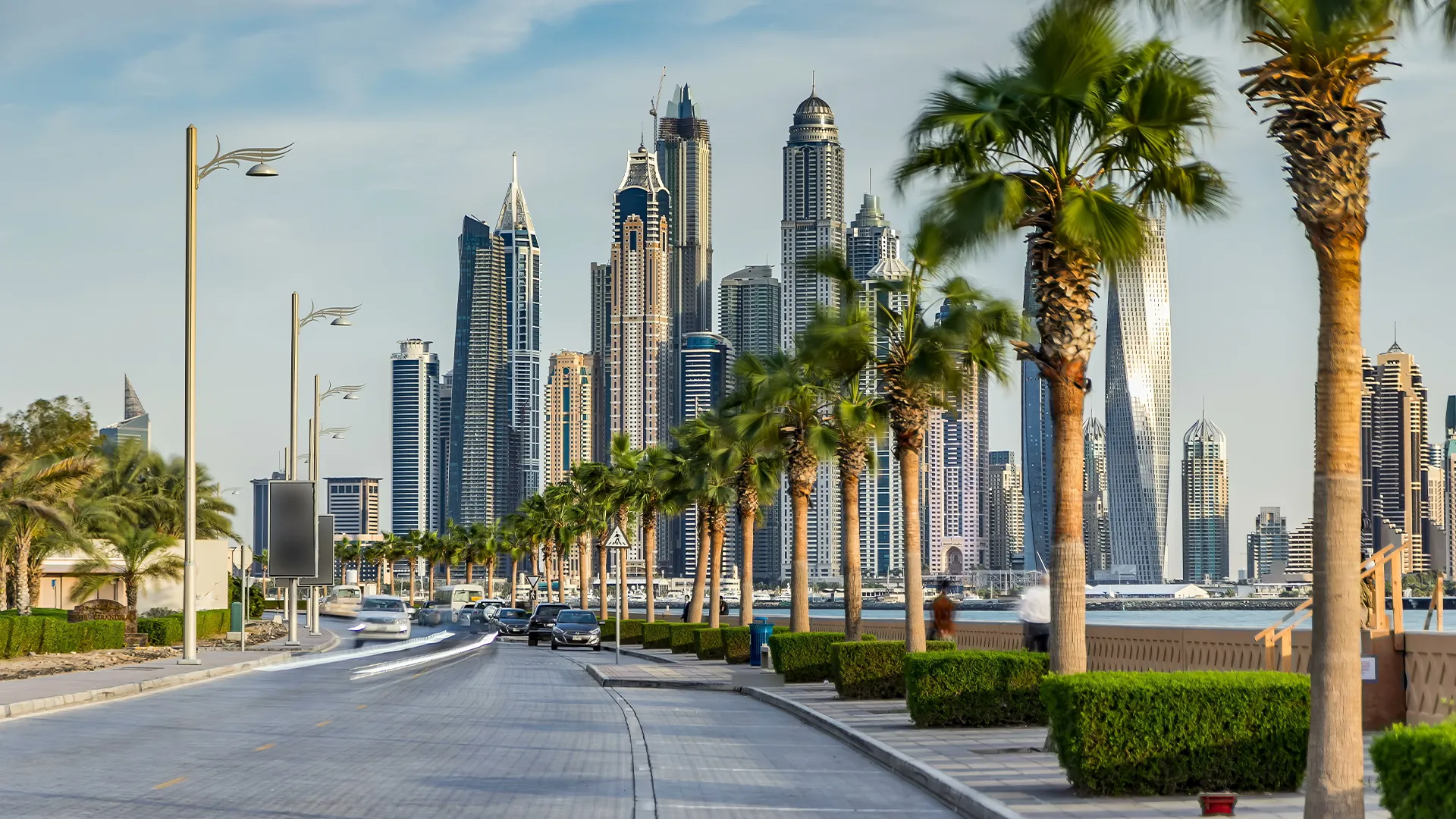
Conclusion: Boulevard Park Reveal
Inspired by the Future of Urban Living?
So, after all this, what do you think?
Are you ready to experience the kind of city life that’s been thoughtfully designed, deeply connected, and effortlessly balanced?
Because you don’t have to imagine it anymore…
Introducing Boulevard Park at Wasl Gate, Jebel Ali, the next urban destination where modern city energy meets park-side calm. This new release embodies everything Dubai’s next chapter of urban living stands for: well-being, accessibility and a true sense of belonging.
FAQs:
- What is the meaning of urban living?
Urban living describes life in a city environment, where people are surrounded by dense buildings, infrastructure, services and diverse communities. It’s defined by proximity, to work, amenities, public transport and culture, and by how well a city’s design supports daily comfort, mobility and social connection. - What is an example of urban living?
An example of urban living is a resident who can walk from their apartment to a metro station, pick up coffee downstairs, work in a nearby business district, then meet friends at a restaurant or park in the same neighbourhood, all without needing a car or long commutes. - What is urban living like?
Urban living is often fast-paced and dynamic, with easy access to cafés, shops, culture and public spaces. When cities are well-designed, it also means shorter commutes, more walkability and daily interaction with green spaces and community, combining convenience with a sense of belonging. - What is the difference between rural and urban living?
Rural living is typically defined by low density, more land and greater distance from services and jobs, often requiring car travel. Urban living takes place in denser environments with closer proximity to workplaces, public transport, amenities and cultural life, trading space and quiet for access and connectivity.


